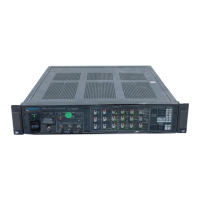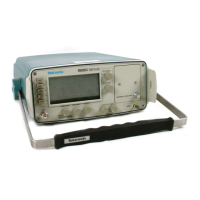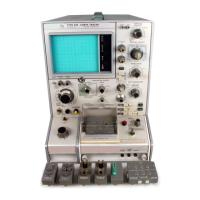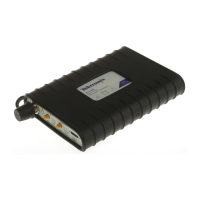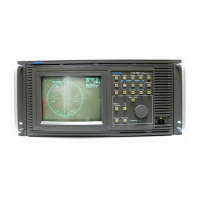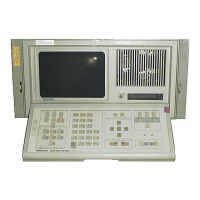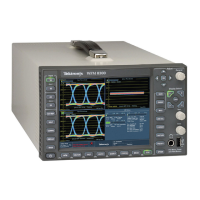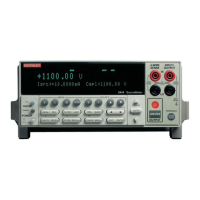Theory of Operation
4–2
1720/1721
other line so that the +V and –V signals can be overlaid for phase matching
applications.
The regenerated subcarrier, used for demodulation, is applied directly to the B–Y
(U) Demodulator and delayed by 90° (quadrature phased) for the R–Y (V)
Demodulator. The B–Y (U) Demodulator drives the Horizontal Output
Amplifier; the R–Y (V) Demodulator drives the Vertical Amplifier.
The rear-panel X Y INPUT connector provides an input for audio signals, which
can be displayed as XY signals for stereo comparisons. Identical amplifiers
provide high input impedance and drive the Vertical and Horizontal Output
Amplifiers.
If there is no signal, the Center Dot Blanking circuit blanks the crt to prevent it
from being damaged by the non-deflected center dot.
Block Diagram
This description uses the 1720/1721 Block Diagram, which is located at the
beginning of the Diagram section (Section 9). The diagram can be folded out
and viewed while reading this description.
Video signals are input through identical input amplifiers to normalize gain and
provide impedance matching. An external reference can be used for both
luminance- and chrominance-related functions. If composite video or black burst
is used for the External Reference, no additional processing is required. When
CW Subcarrier is used, the luminance reference is taken from the video input,
and the chrominance reference is attenuated from the subcarrier input through the
External Reference.
The sync signals used by the vectorscope are contained in the luminance
information from the video inputs. The composite video signal through the
Luminance Amplifier drives a sync separator, whose output is used to drive a
Bowes Oscillator that regenerates H Sync. The H Sync also generates Sample
Pulses and the Clamp signals, that activate the Burst Switches, and provide the
line rate control signal for the V-Axis Switcher.
The Microprocessor polls the front panel to determine changes in status. Current
status is stored in Nonvolatile Random Access Memory (NOVRAM), which
makes it possible to return to the same front-panel condition should power be
interrupted. If the 1720/1721 is being used as an auxiliary instrument to a
1730-Series Waveform Monitor, any stored vectorscope front-panel setup data is
also in the NOVRAM. Based on the front-panel conditions, the Microprocessor
generates controlling signals that are used throughout the 1720/1721. The
Video Input
Luminance Processing
Microprocessor
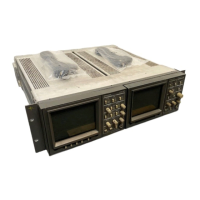
